Product
What are the differences between the Phantom 4 Pro V2.0 and Phantom 4 Pro?
Different from the Phantom 4 Pro, the Phantom 4 Pro V2.0 is equipped with the OcuSync 2.0 transmission system, which also allows the drone to connect to DJI Goggles wirelessly. The Phantom 4 Pro V2.0 also features an upgraded propulsion system with FOC sinusoidal driver ESCs and 9455S quick-release propellers that reduce noise and make the drone more aerodynamic.
Which microSD cards are supported?
Currently supported microSD cards are:
- SanDisk Extreme 32GB UHS-3 V30 microSDHC
- SanDisk Extreme 64GB UHS-3 V30 microSDXC
- Panasonic 32GB UHS-3 microSDHC
- Panasonic 64GB UHS-3 microSDXC
- Samsung PRO 32GB UHS-1 microSDHC
- Samsung PRO 64GB UHS-3 microSDXC
- Samsung PRO 128GB UHS-3 microSDXC
* It’s not recommend to use the Patriot EPPRO 64GB microSDXC UHS-3.
What are the key differences between the Phantom 4 Pro V2.0 and Mavic 2 Pro?
The Phantom 4 Pro V2.0 and Mavic 2 Pro are both equipped with a one-inch CMOS sensor for excellent imaging quality. However, the Mavic 2 Pro is equipped with a Hasselblad camera.
- Mavic 2 Pro supports Hyperlapse, which automatically stabilizes footage in post-processing to generate cinematic clips. The Phantom 4 Pro V2.0 does not support this function.
- Mavic 2 Pro’s D-log mode supports 10-bit color coding, which can record up to one billion colors (traditional 8-bit color coding can only record 16 million colors) while retaining details in both bright and dark lighting, allowing for more options in post-processing.
- Unlike the Mavic 2 Pro, the Phantom 4 Pro V2.0 uses a mechanical shutter with a maximum speed of 1/2000 seconds, which effectively prevents rolling shutter distortion when recording fast-moving objects to maintain detail and image quality.
- The Phantom 4 Pro V2.0 can shoot 4K/60fps video at a maximum bitrate of 100 Mbps while the Mavic 2 Pro shoots at 30fps.
How do I choose between Phantom 4 Pro V2.0 and Mavic 2 Pro?
For users that prioritize portability, the foldable design of the Mavic 2 Pro would be more suitable. If 4K/60fps video or a mechanical shutter is of greater importance, then the Phantom 4 Pro V2.0 would be a clear choice.
Camera
What are some key features of the Phantom 4 Pro V2.0’s camera?
The camera is equipped with a one-inch 20MP sensor and has a manually adjustable aperture ranging from f/2.8 to f/11. It also supports autofocus by half-pressing the shutter button and has a focus range starting at 1 m. Always refocus before capturing additional shots if the subject has moved beyond the focus point. Refocusing is also needed when transitioning from close shots to longer shots while recording.
What are some advantages of the Phantom 4 Pro V2.0 for shooting video?
The Phantom 4 Pro V2.0 can record C4K (4096×2160) at 60fps, at a maximum bitrate of 100Mbps. It also supports the H.265 codec and allows you to capture still images while filming.
What is the resolution and format of photos captured while recording video?
Photos will be captured as JPEG in the same resolution as the video recording.
What is the advantage of using the new H.265 video format?
H.265 retains 50% more information than H.264, creating more detailed and vivid images.
What is the benefit of having a mechanical shutter?
An electronic shutter may cause artifacts and distortion, such as rolling shutter distortion when shooting fast-moving objects. A mechanical shutter prevents this and guarantees a high-quality image.
Does the Phantom 4 Pro V2.0 support focus adjustment?
Yes. Switch from Metering to Focus mode, then tap a point on the display to focus at that point. Autofocus can be triggered by half-pressing the shutter button before fully pressing the button to capture an image. Focus can be set between 1m and infinity.
What are the main features of the Phantom 4 Pro V2.0 camera lens?
The Phantom 4 Pro V2.0 uses a camera lens optimized for aerial imaging, with an aperture range from f/2.8 to f/11 and a 24mm equivalent focal length. It’s equipped with a mechanical shutter and adjustable aperture range, with autofocus support.
Obstacle Sensing System
When does the infrared sensing system work during flight?
Only in Beginner mode and Tripod mode.
How does the infrared sensing system work?
Available only in Beginner mode and Tripod mode, the infrared sensing system has a sensing field of 70 degrees horizontally and 20 degrees vertically. The radiated infrared light is reflected back by obstacles, allowing the sensors to “see” them at a distance of up to 23 ft (7 m) by calculating the difference in projection and reflection times and using this information to create a 3D model of the environment and obstacles in it.
How does the Phantom 4 Pro V2.0’s obstacle sensing system work?
The maximum forward and rear obstacle sensing distance for the Phantom 4 Pro V2.0 is 98 ft (30 m). Additionally, the Phantom 4 Pro V2.0 is equipped with infrared sensors on both sides of the aircraft, precisely detecting the distance between the aircraft and obstacles within a range of up to 23 ft (7 m).
Are there any differences between the front and rear obstacle sensing systems?
No.
Remote Controller
Is the remote controller of the Phantom 4 Pro V2.0 compatible with that of Phantom 4 Pro?
No. The remote controller of the Phantom 4 Pro V2.0 cannot be used with other Phantom series drones.
What’s new about the Phantom 4 Pro V2.0 remote controller?
The Phantom 4 Pro V2.0 remote controller is equipped with the OcuSync 2.0 transmission system and can be connected to DJI Goggles wirelessly for immersive FPV flight at up to 72 kph in S-mode.
The Phantom 4 Pro V2.0 is compatible with two remote controller types: the standard version and the built-in screen version. Both can switch between 2.4GHz and 5.8GHz frequency bands with a maximum controllable range of 4.3 mi (7 km) (unobstructed, free of interference, and FCC compliant).
The Phantom 4 Pro+ V2.0 controller has a 5.5-inch 1080p display, with 1000 cd/m2 brightness and the built-in DJI GO 4 app. Its remote controller is also equipped with an HDMI port, microSD slot, microphone, loudspeaker, and Wi-Fi connectivity.
Can I detach the integrated display from the Phantom 4 Pro+ V2.0 remote controller?
No.
Can I connect an iOS device or Android device to the Phantom 4 Pro+ V2.0 remote controller to use DJI GO 4?
No.
Does the Phantom 4 Pro + V2.0 remote controller have a built-in loudspeaker and microphone?
Yes.
What is the resolution of the Phantom 4 Pro +V2.0 remote controller display?
1920×1080.
What apps are already loaded on the Phantom 4 Pro + V2.0 remote controller display?
Popular social media apps and the DJI GO 4 app.
What operating system does the Phantom 4 Pro +V2.0 remote controller display use?
It uses a customized DJI system.
Is the remote controller’s screen display’s brightness adjusted automatically or manually?
Both.
Can I download third-party apps onto the Phantom 4 Pro+ V2.0 remote controller?
Users can install third-party apps when the Phantom 4 Pro+ V2.0 remote controller is updated to the latest firmware. However, DJI cannot be held responsible for any compatibility issues or other problems that occur as a result. If you experience any problems after installing a third-party app, we recommend uninstalling the app and/or restoring the controller to its original factory settings.
Does the Phantom 4 Pro + V2.0 remote controller support Wi-Fi and Bluetooth connectivity?
It supports Wi-Fi but not Bluetooth.
Intelligent Functions
What Intelligent Flight modes does the Phantom 4 Pro V2.0 feature?
The Phantom 4 Pro V2.0 features Intelligent Flight modes such as TapFly, ActiveTrack, Draw, Gesture, Tripod, and more.
How has the Phantom 4 Pro V2.0’s Return to Home function been improved?
The Phantom 4 Pro V2.0’s Return to Home function forms a map of its environment in real time. The aircraft chooses the best flight path to return home and senses as far as 300 m away to avoid obstacles more effectively. If the control signal is lost, the Phantom 4 Pro V2.0 will retrace its original path to regain its connection after one minute. When it reconnects, it will return following a straight route. If it fails to regain connection, it will also revert to straight line RTH.
How do I use Narrow Sensing?
First, set C1 or C2 to activate Narrow Sensing. When flying in a narrow space, activate Narrow Sensing, and the aircraft will adjust its sensing range and flight speed to fly safely through narrows gaps.
Propulsion System
Can I use Phantom 4 Pro propellers on the Phantom 4 Pro V2.0?
Yes. Phantom 4 Pro V2.0 and Phantom 4 Pro propellers are cross-compatible. However, Phantom 4 Pro propellers (9450S) are less aerodynamic and louder than Phantom 4 Pro V2.0 propellers (9455S propellers).
How has the propulsion system for the Phantom 4 Pro V2.0 been optimized?
New FOC sinusoidal driver ESCs not only reduce electromagnetic noise but also improve the overall efficiency of the ESCs. Also, new 9455S quick-release propellers make the Phantom 4 Pro V2.0 more aerodynamic and reduce noise. It has the same maximum flight time and maximum speed as the Phantom 4 Pro.
Video Tramsmission System
What is the difference between the Phantom 4 Pro V2.0 and Phantom 4 Pro’s video transmission system?
The Phantom 4 Pro V2.0 uses the OcuSync 2.0 video transmission system and time division multiplexer that supports uploading remote control signal and receiving video transmission signal in the same frequency band. The Phantom 4 Pro uses a Lightbridge video transmission system.
Both drones have a transmission distance of up to 4.3 mi (7 km), and users can switch between 2.4 and 5.8 GHz control frequencies to improve signal stability and cut through interference.
Batteries and Battery Charger
Are the Phantom 4 Pro V2.0 batteries and battery charger compatible with the Phantom 4?
Yes.
What is the capacity of the Phantom 4 Pro V2.0 battery? How much has the flight time been extended compared to the Phantom 4?
The battery capacity is 5870 mAh. It allows the aircraft to fly for two additional minutes compared to the battery of the Phantom 4.
Firmware Upgrade
While updating, if the battery level of the aircraft battery or controller battery drops below 50%, will the update process fail?
Yes. Always use a battery with more than 50% power when updating.
What if battery firmware is not consistent with the updated aircraft?
Use the DJI GO 4 app to update the battery firmware to the appropriate version.
What is the difference between updating the firmware on the Phantom 4 Pro V2.0 and Phantom 4 Pro?
When updating firmware with the DJI GO 4 app for Phantom 4 Pro V2.0, confirm that the remote controller and aircraft are connected. Then download the firmware for the update following the prompts in the app. No OTG cable is required, unlike with the Phantom 4 Pro. Please refer to the instructions below when using DJI Assistant 2 to update. 1. To update the remote controller only: Power off the aircraft and connect the remote controller to your computer via USB. 2. To update the aircraft only: Connect the aircraft to your computer via USB. 3. To update the aircraft and remote controller together: Power on the aircraft and link it to the remote controller then connect the remote controller to the computer via USB. Once the aircraft and remote controller are connected to your computer, DJI Assistant 2 will respond to the device that was connected first.
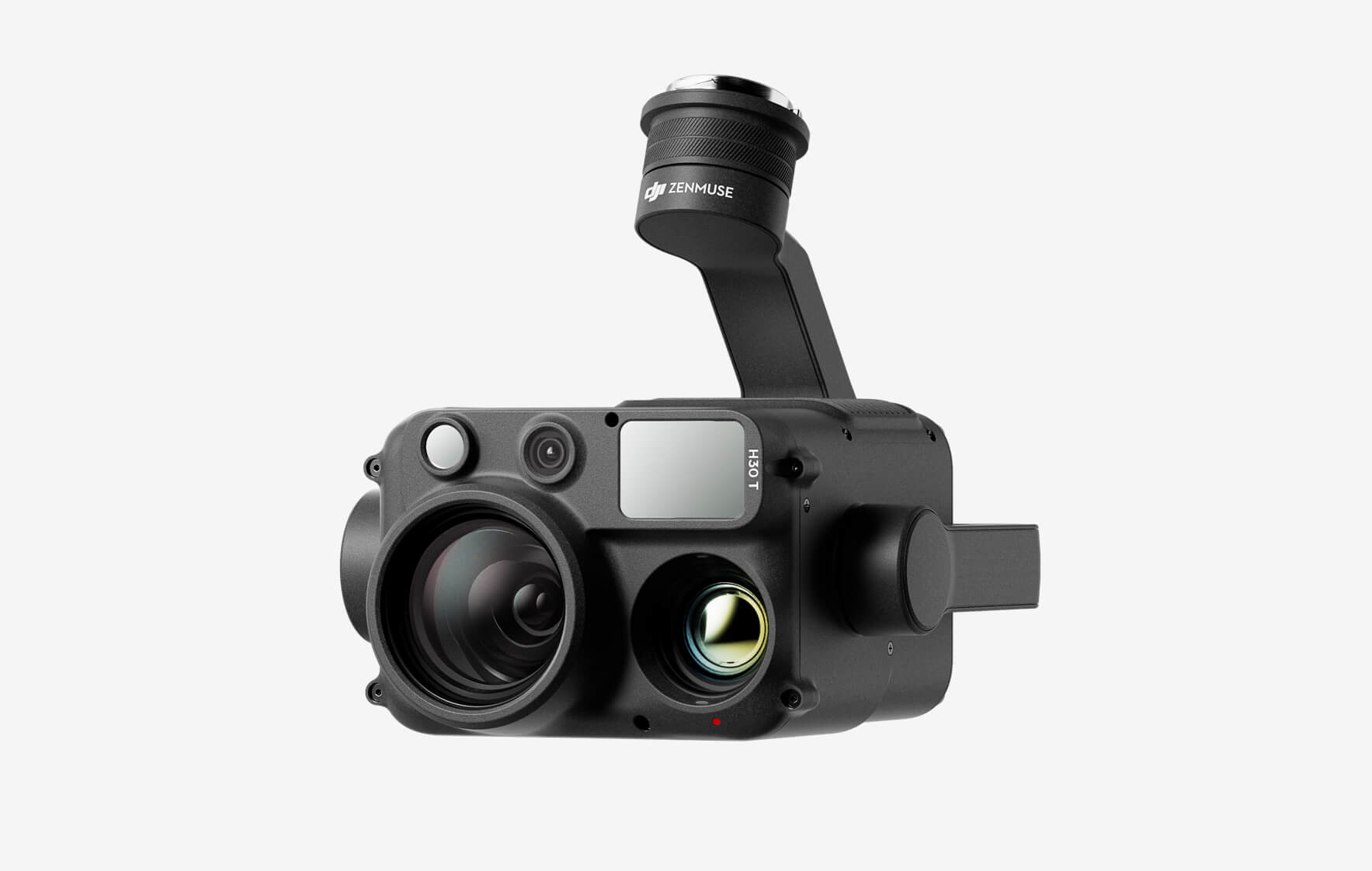

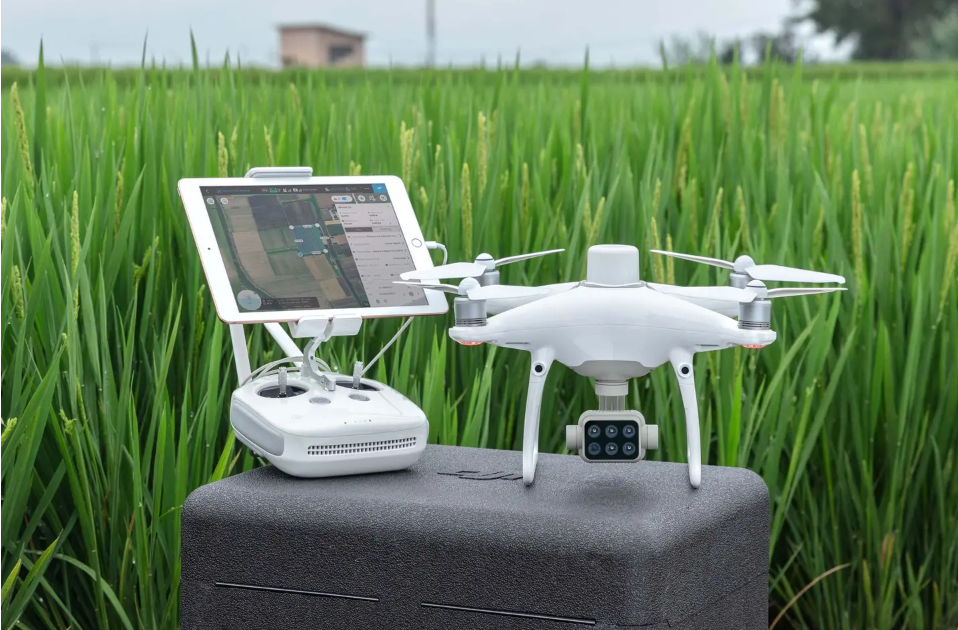
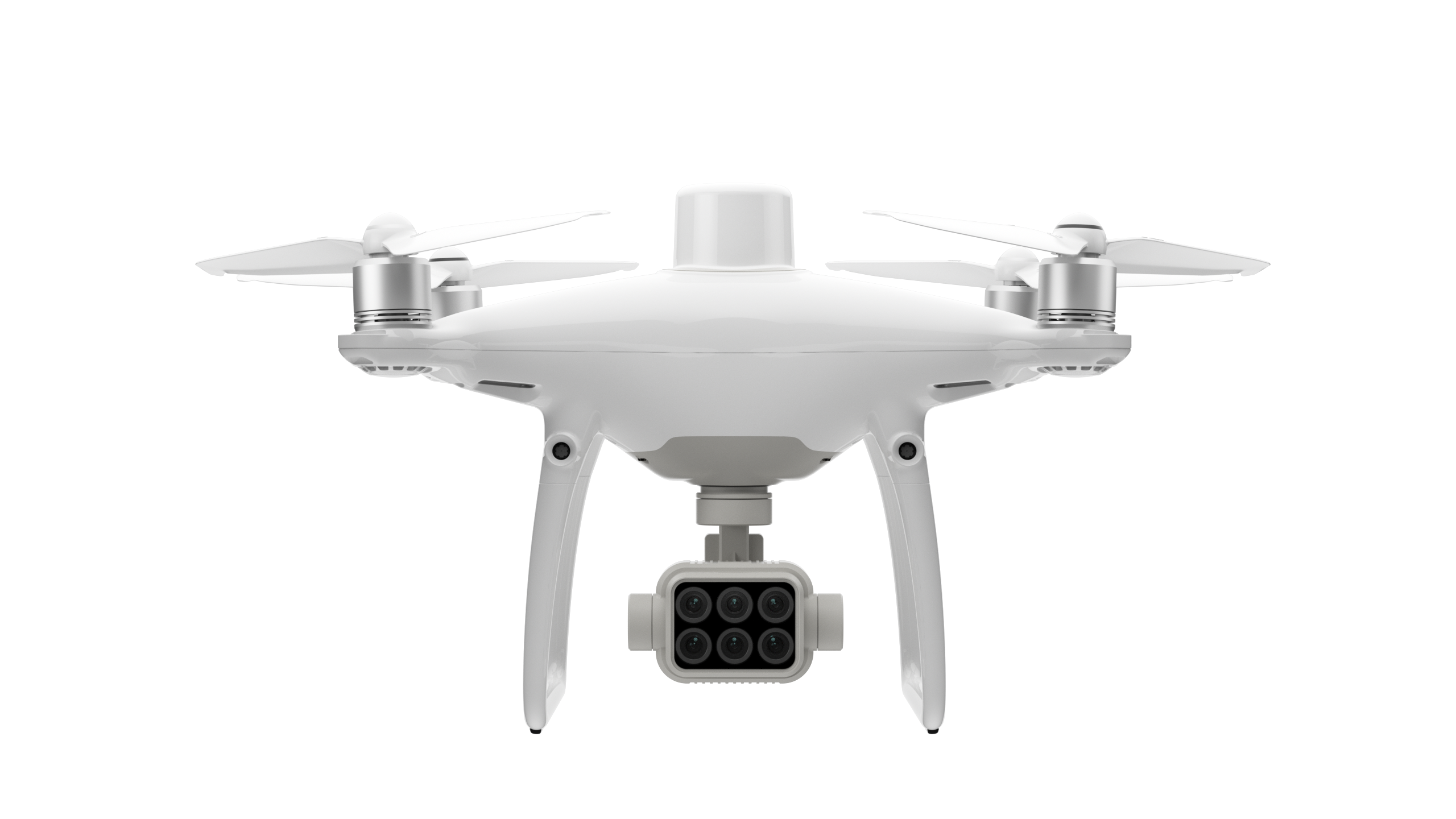
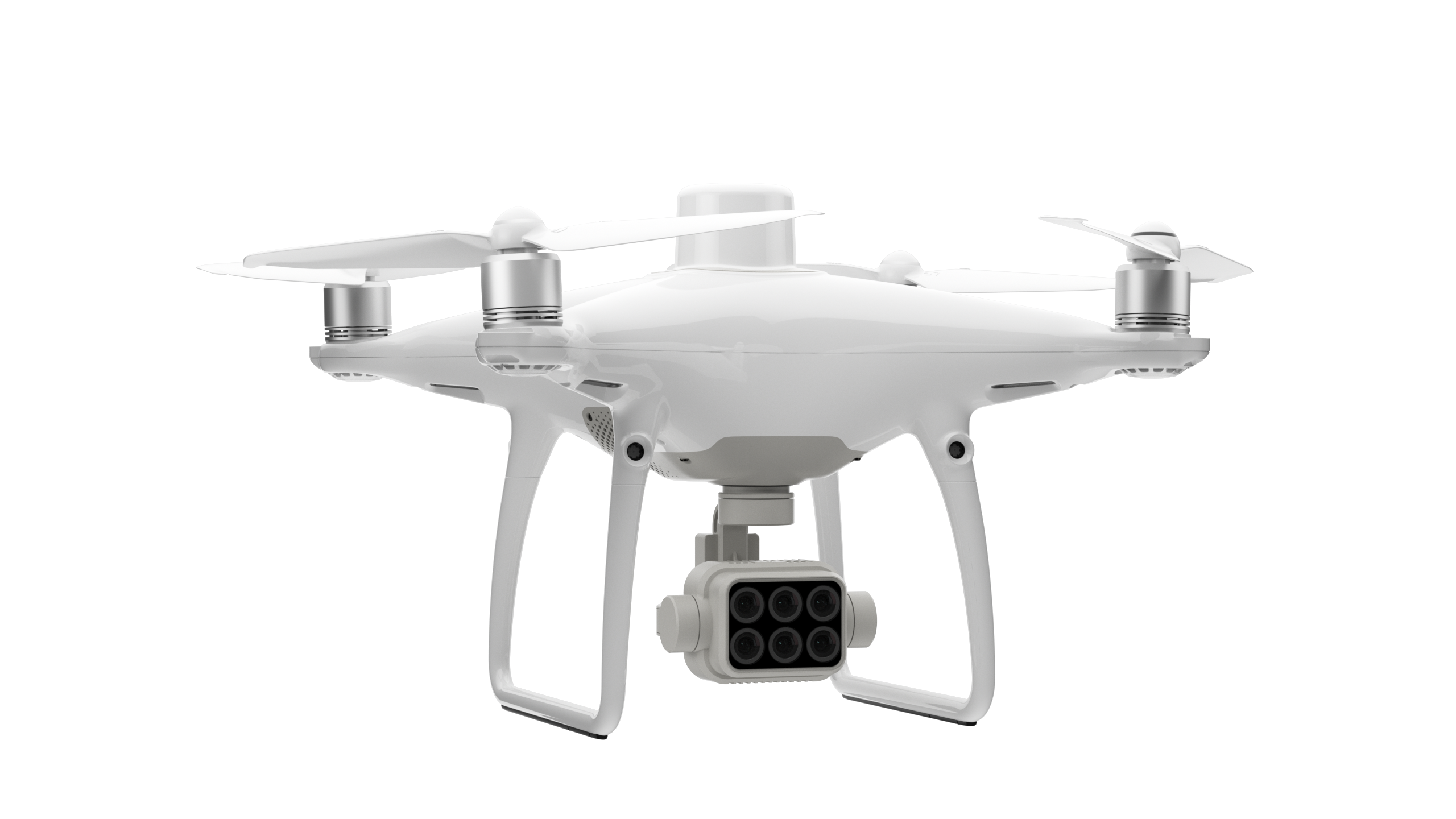
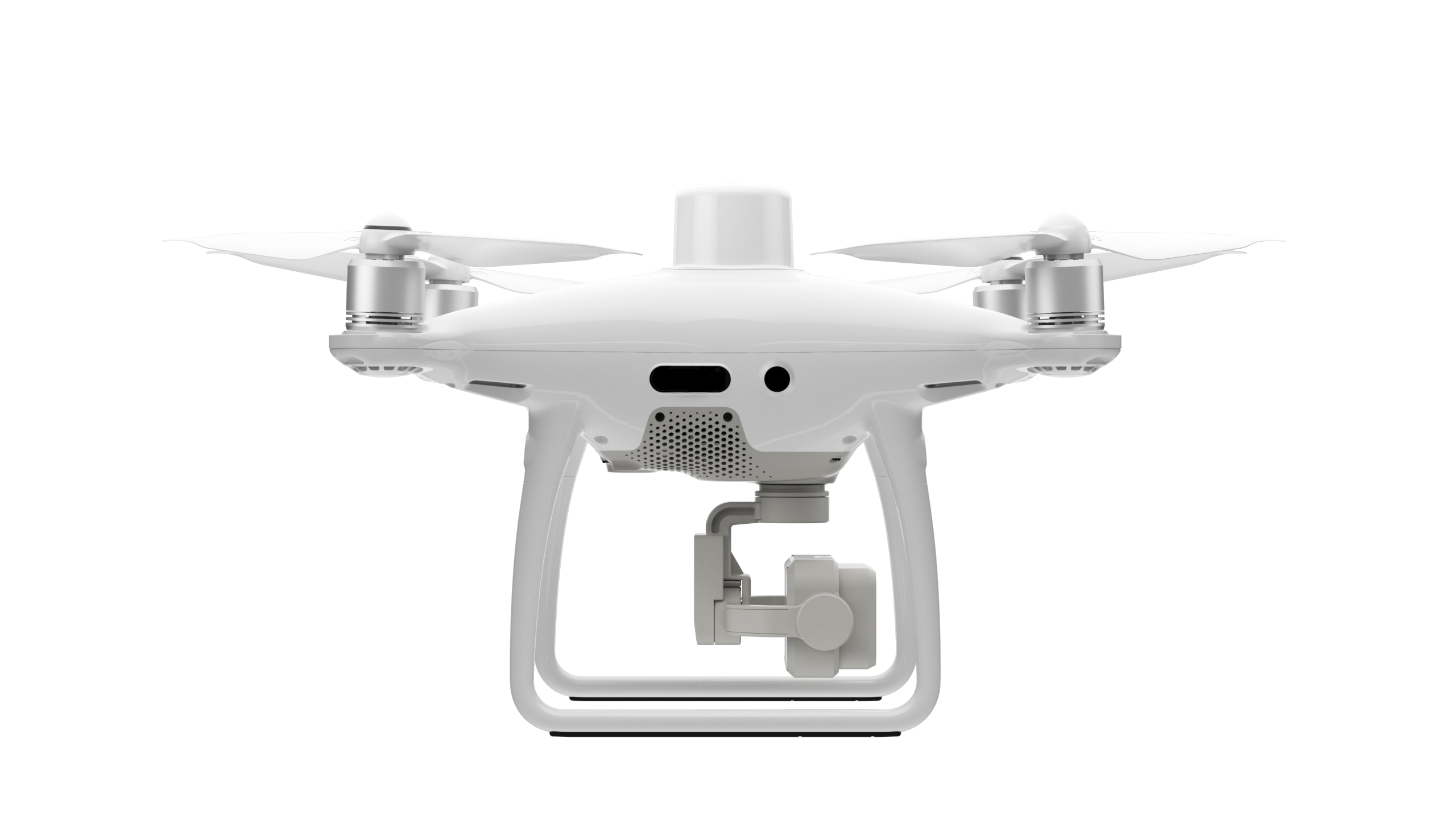
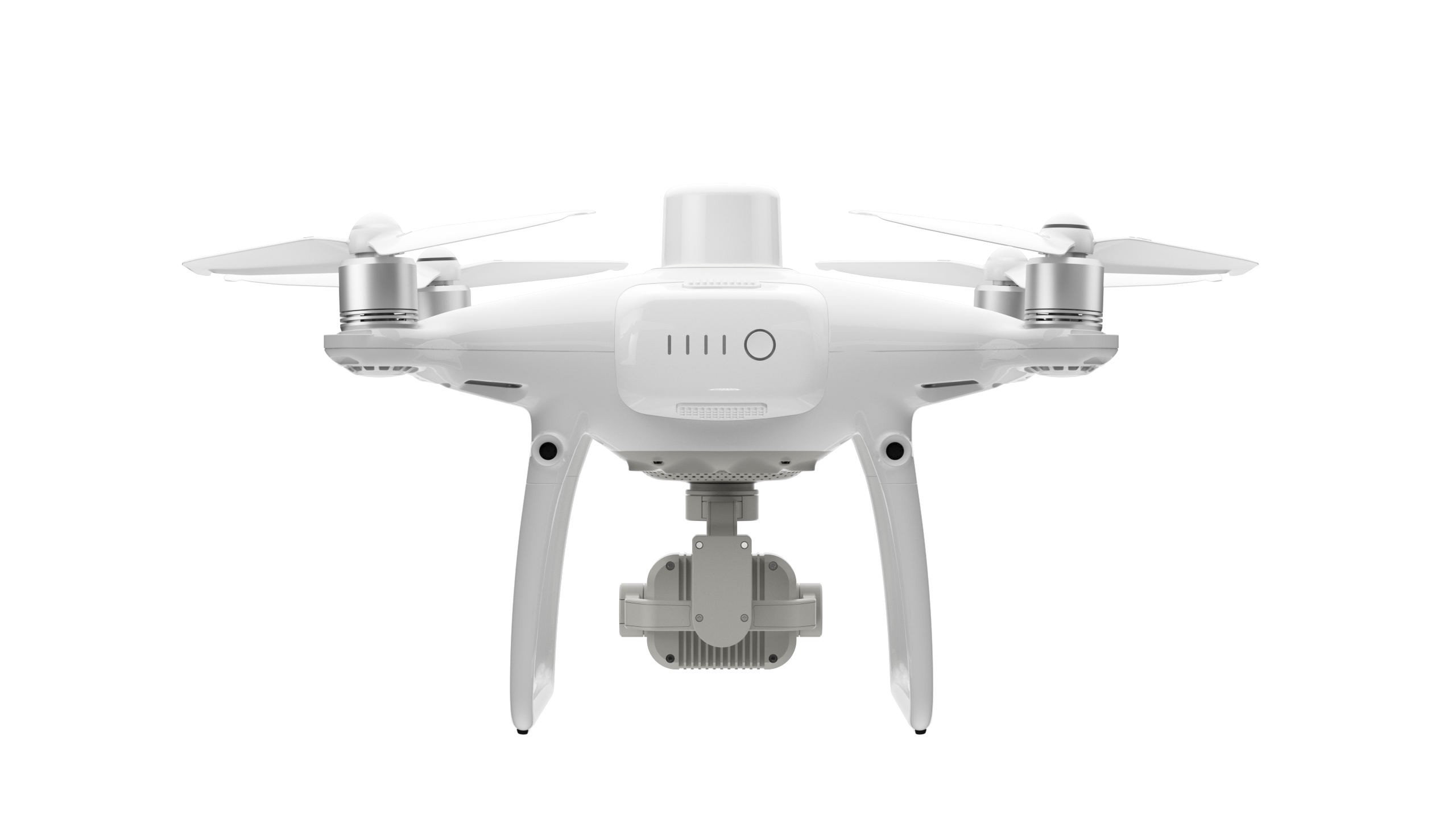
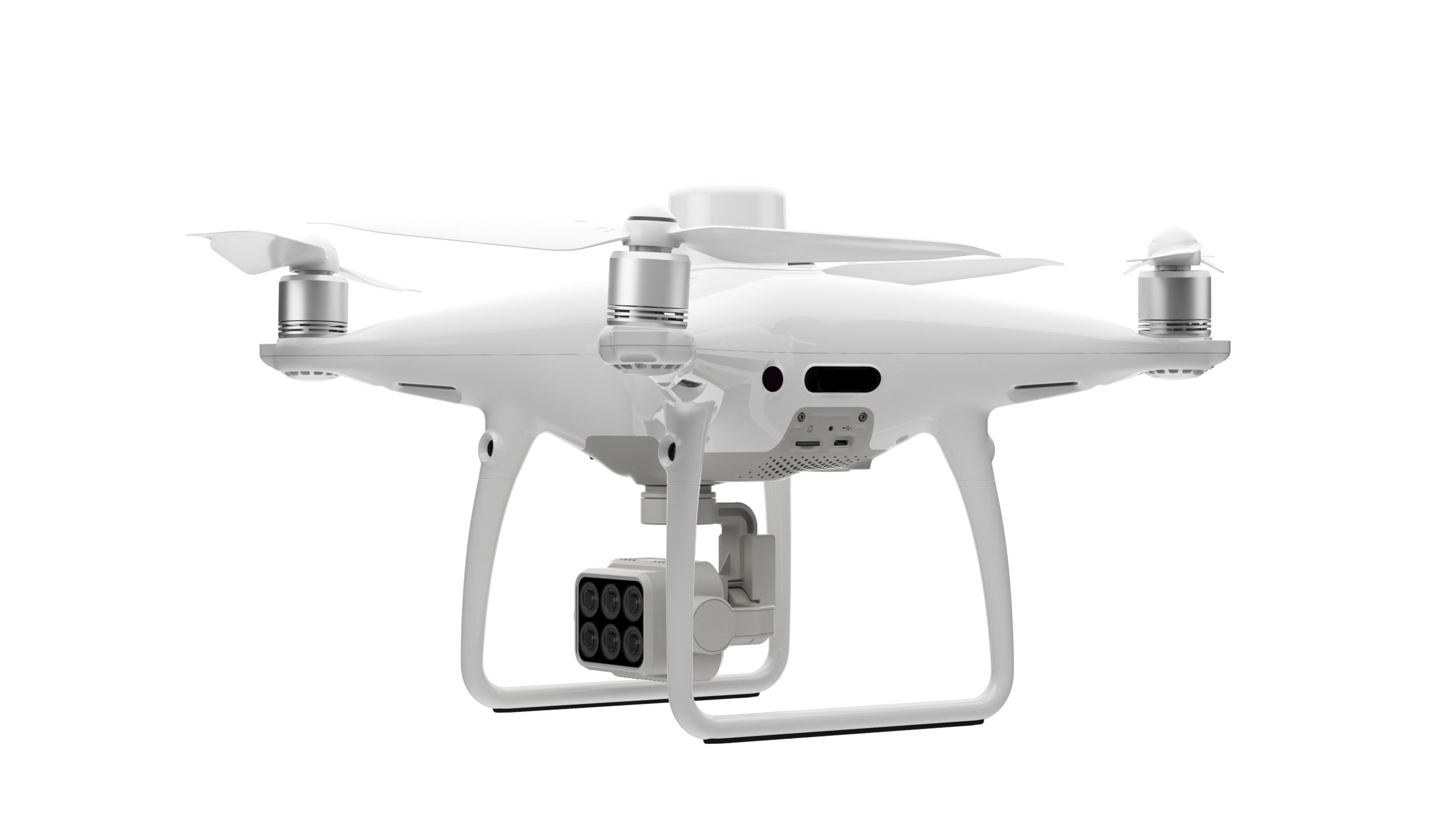
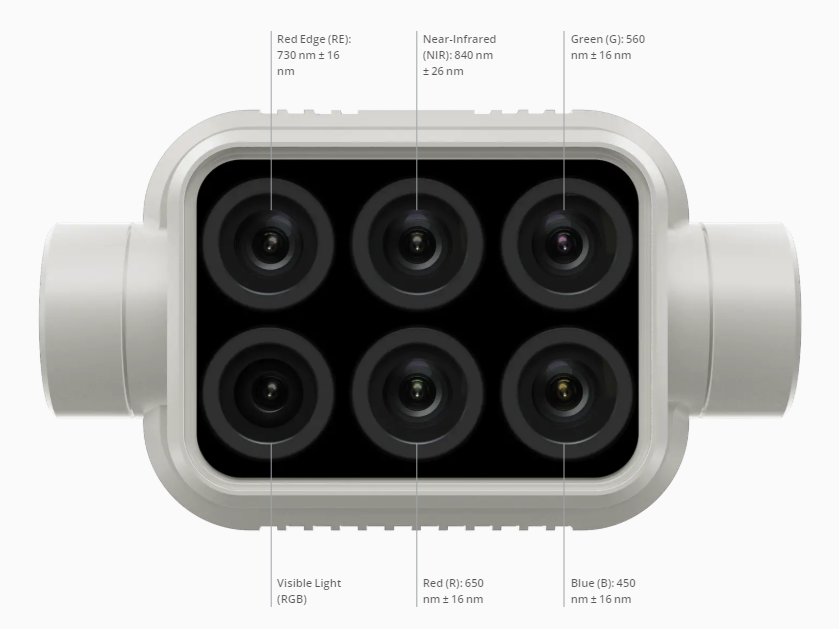
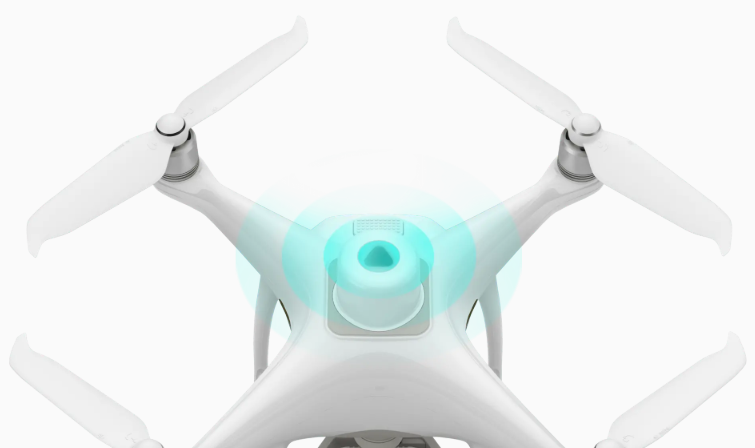
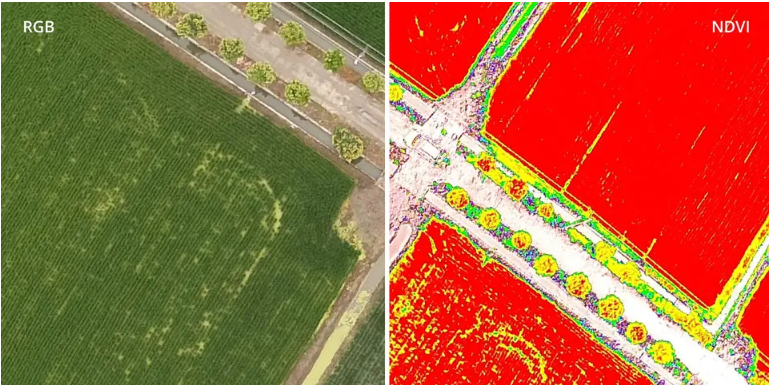
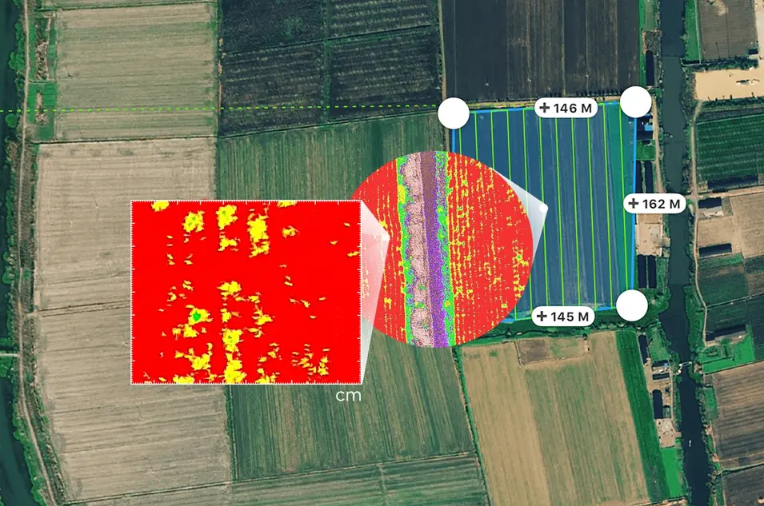
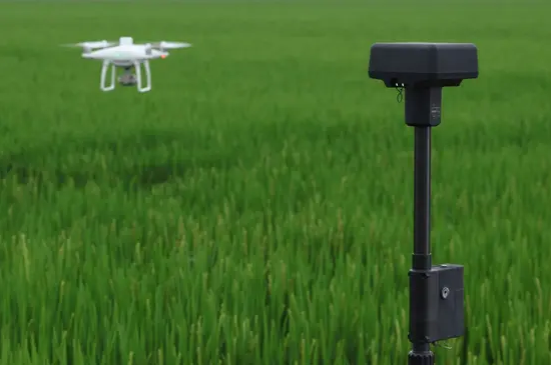
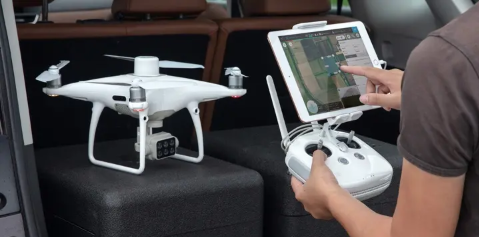
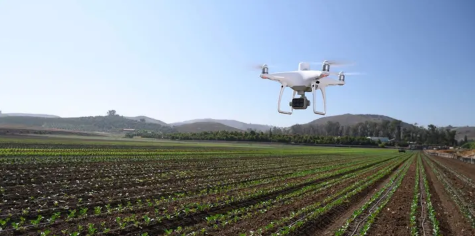
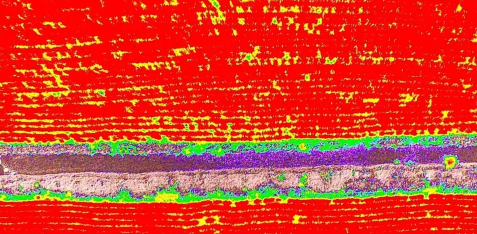
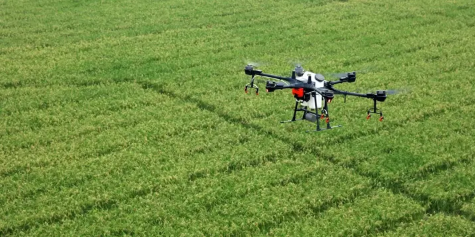
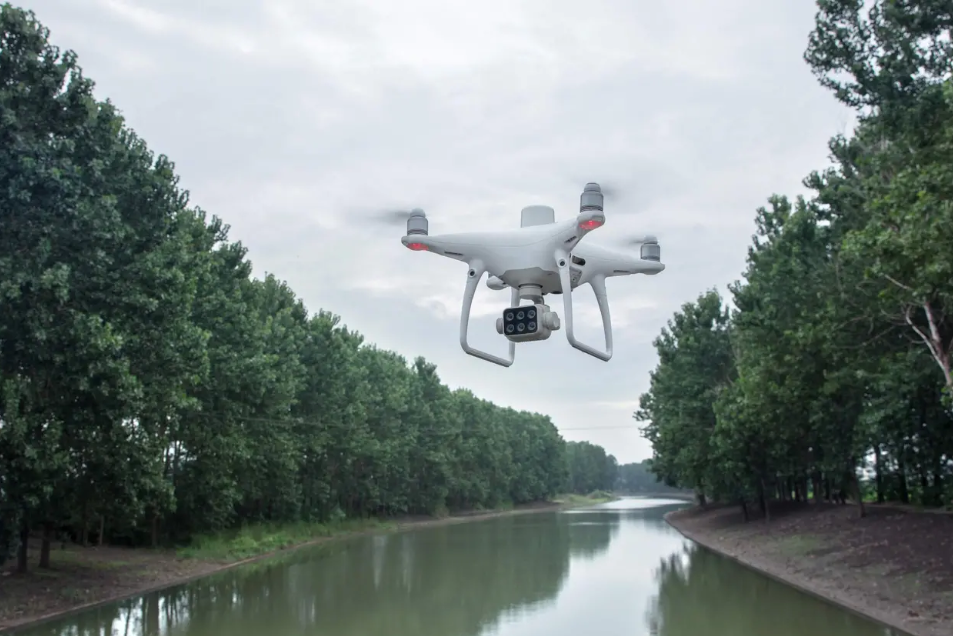
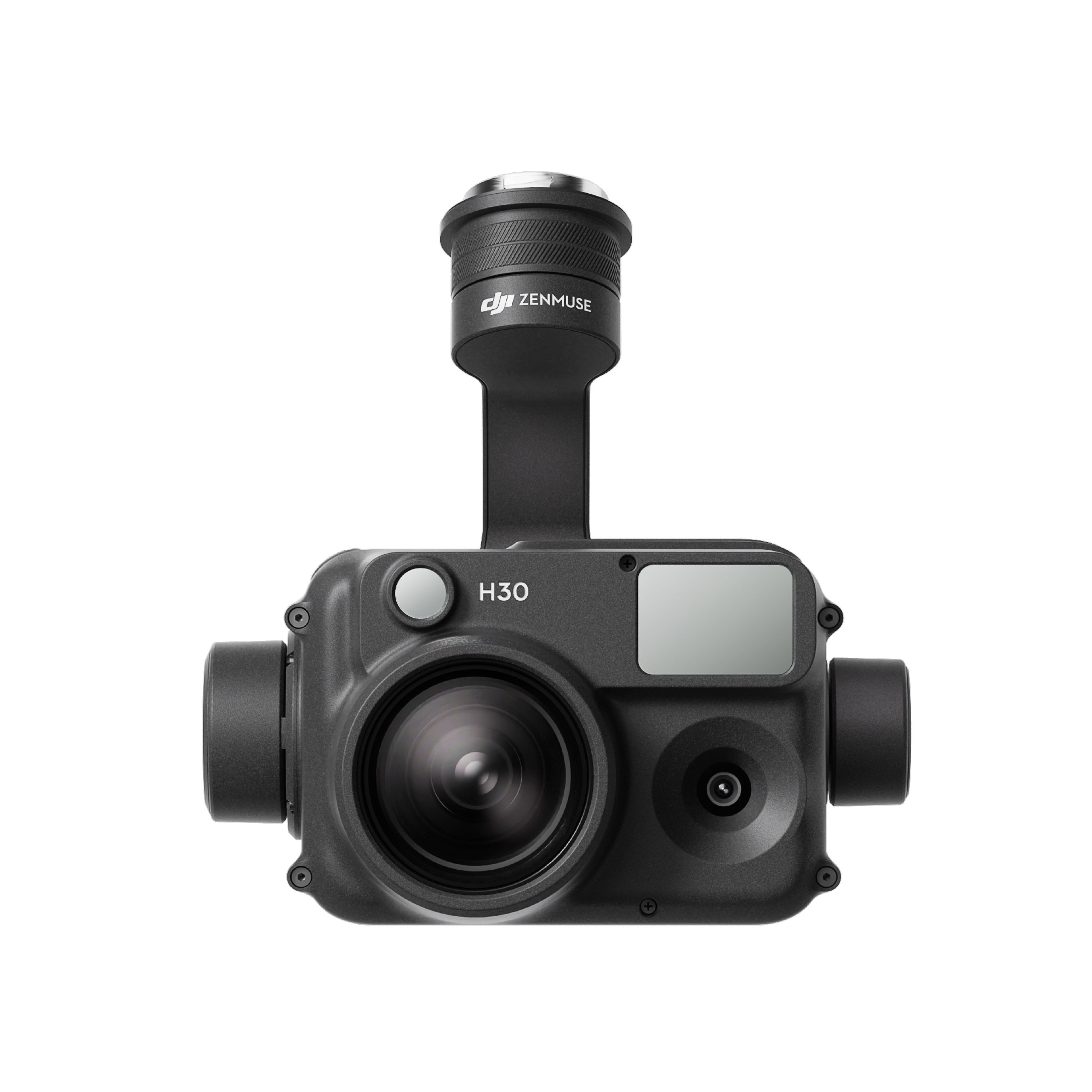
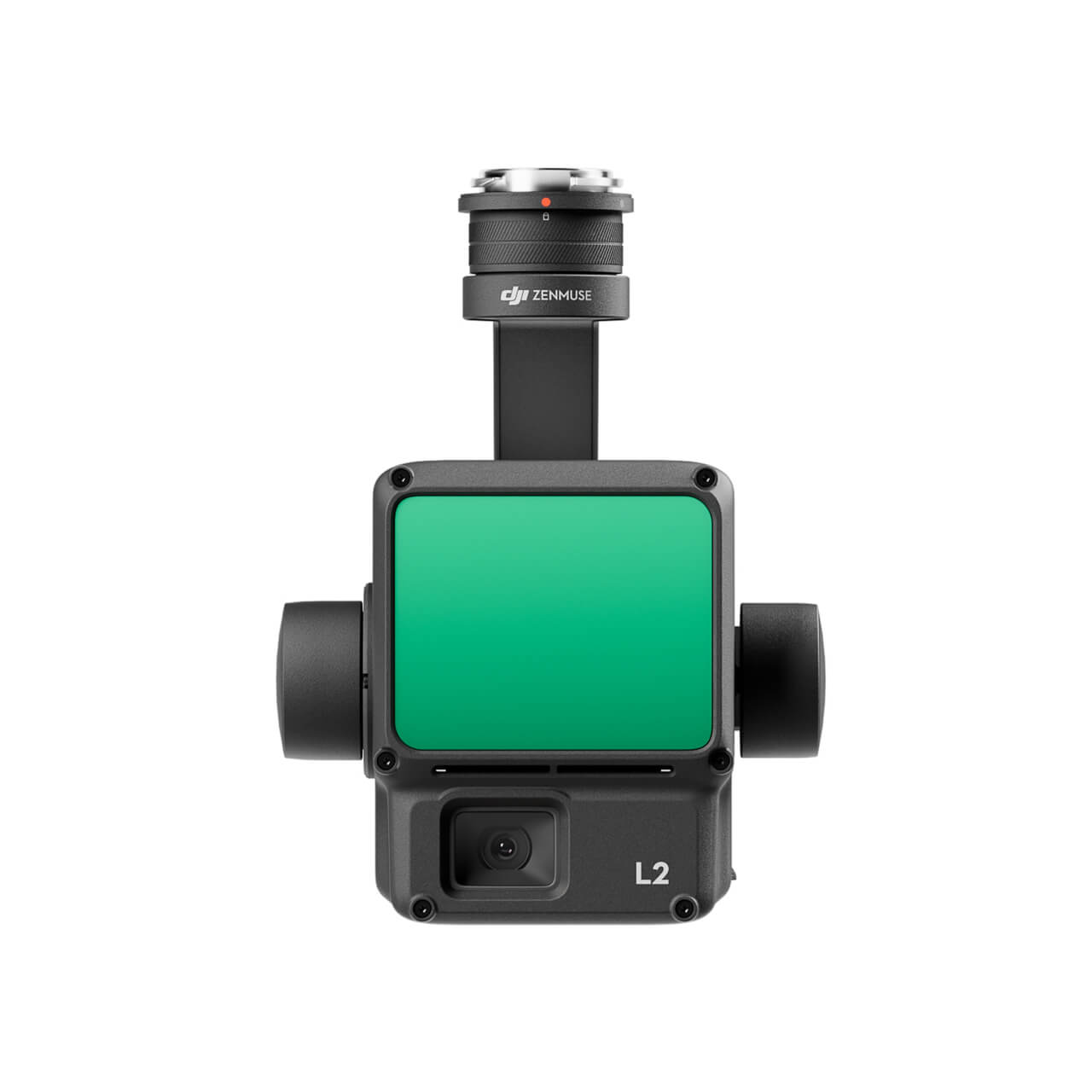
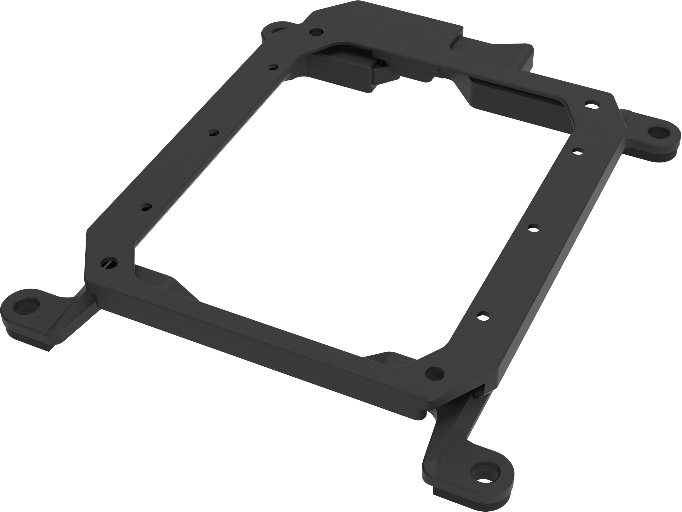
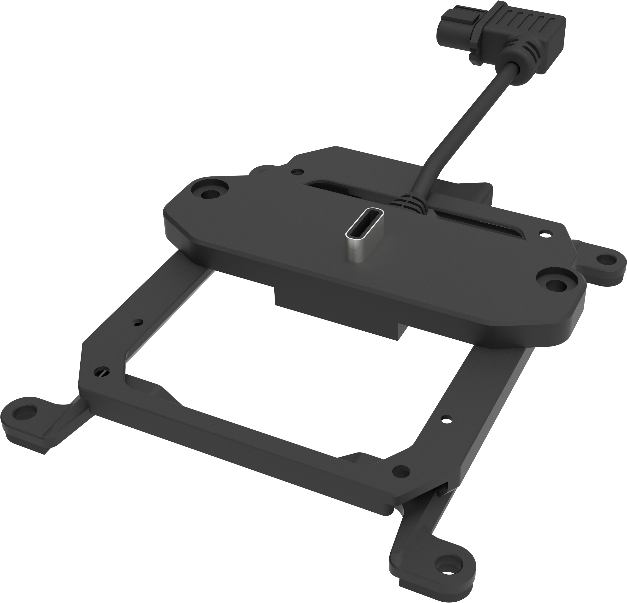

There are no reviews yet.